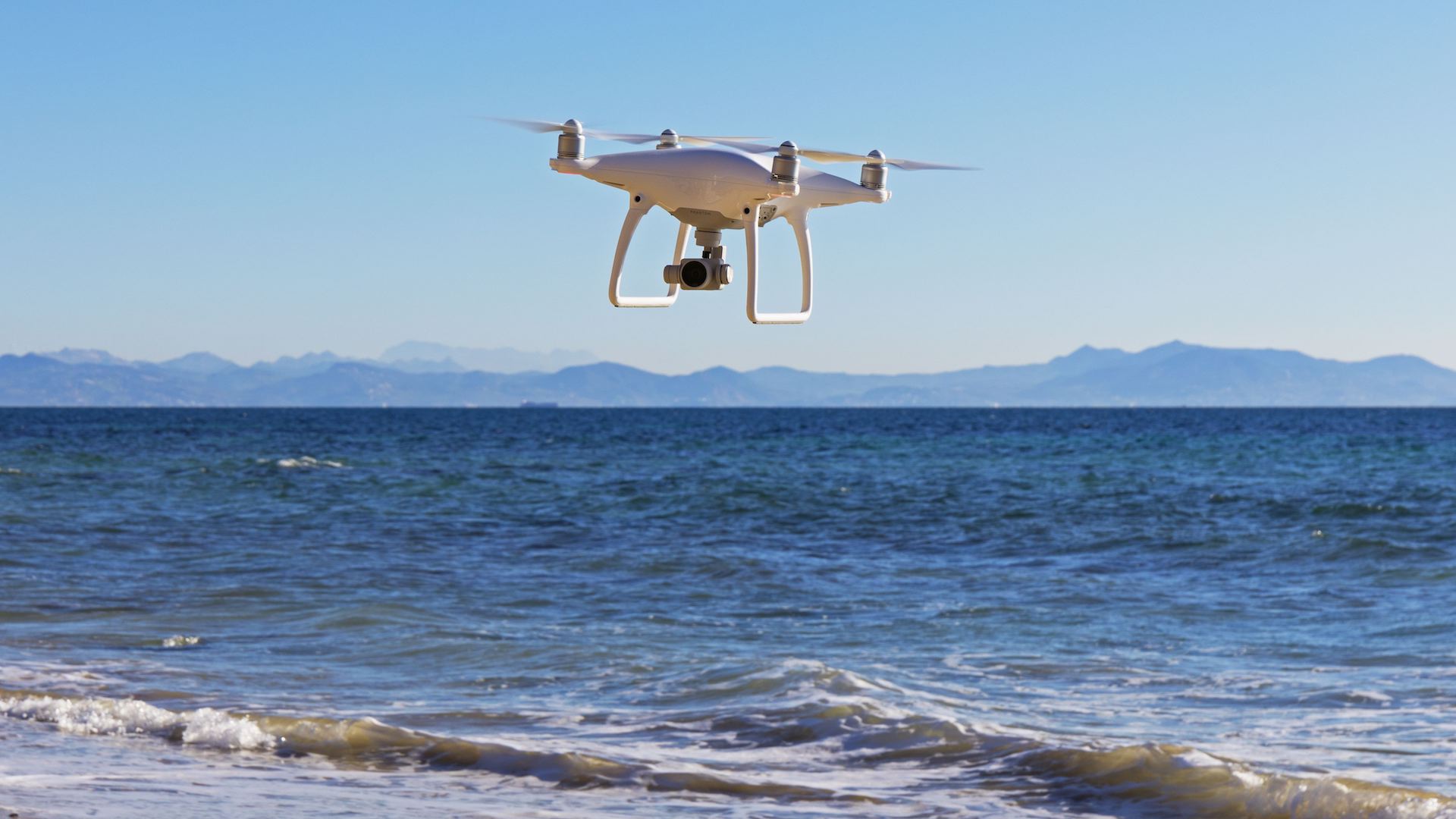

Biologists rely on evidence-based data and hard cold facts like any other science, with the proliferation of modern tools and technological methods only enhancing their quest for more, and newer information. For Australian virologists from Macquarie University in Sidney, that means utilizing unmanned aerial vehicles to successfully collect and sample whale snot as it spouts out of their blowholes, as the research paper explains, in order to study and analyze the viruses and pathogens found therein.
According to Stat, not only does this aerial approach provide a far less invasive method in studying these animals, but the collected data allows researchers to more accurately determine how viruses evolve between hosts. Additionally, virologists have found viruses related to common cold pathogens in human beings in some of the sampled mucus.
“The proxies that we have for whale health at the moment are only from stranded animals and animals whose health has already been compromised,” said Jemma Geoghegan, Macquarie University virologist and leader of the drone-infused study. “If we could sample from seemingly healthy whales in their natural environment, it might tell us more about this aquatic virosphere that we know so little of at the moment.”
Fortunately, a local drone manufacturer designed a custom UAV for Geoghegan, so her team can effectively forego disturbing whales with boats and sampling poles for a more nuanced, unobtrusive manner.
Regarding the practical application of the drone in collecting snot samples, it’s fairly simple. Whales are tracked by researchers, with the requisite drone flying nearby and ready for action. Once a whale surfaces to blow snot out of its blowhole, the UAV whirrs by and opens a flap, so that the excreted liquid is caught. The flap then closes to allow the drone to return to its hub with a safely contained sample.
Have a look at this process in action, courtesy of Vanessa Pirotta of the Marine Predator Research Group at Sydney’s Macquarie University.
Waterproofing the camera-drone was naturally the first thing on the list, here. Additionally, designing a drone that could take off and land stably from the rocking of an ocean immersed boat was equally important.
“We went through a few different revisions,” said Geoghegan. “Eventually, it worked perfectly.”
A few miles off Sydney’s shore, the team tracked 19 whales on their yearly migration from Antarctica to Australia, and used the custom drones to collect samples. After genetically sequencing these samples, a wide array of DNA and RNA viruses were identified, many of which were tied to the common cold, encephalitis, and a type of hepatitis.
“The more that we learn about them, the more that we learn that viruses are an integral part of most ecosystems,” said Kenneth Stedman, a virologist and professor at Portland State University.
Drones, of course, have delivered environmental researchers with an unprecedented ability to study and discover all kinds of animals. In central Montana, this even included potentially saving an entire species of ferrets from the sylvatic plague. A 1.5 million supercolony of penguins was discovered entirely due to drone technology, to put this aerial phenomenon into context.
In terms of biological research endeavors on whales, we previously reported on DJI and Ocean Alliance teaming up for the same fluid sample-collecting task. In that particular case, a DJI Inspire 1 quadcopter was used, whereas the Australian counterpart is utilizing a custom-built drone, the major components of which are yet unidentified regarding brand. Nonetheless, it seems that Geoghegan and her team have found a far more animal-friendly and ingenious method of not only doing their job well, but better.